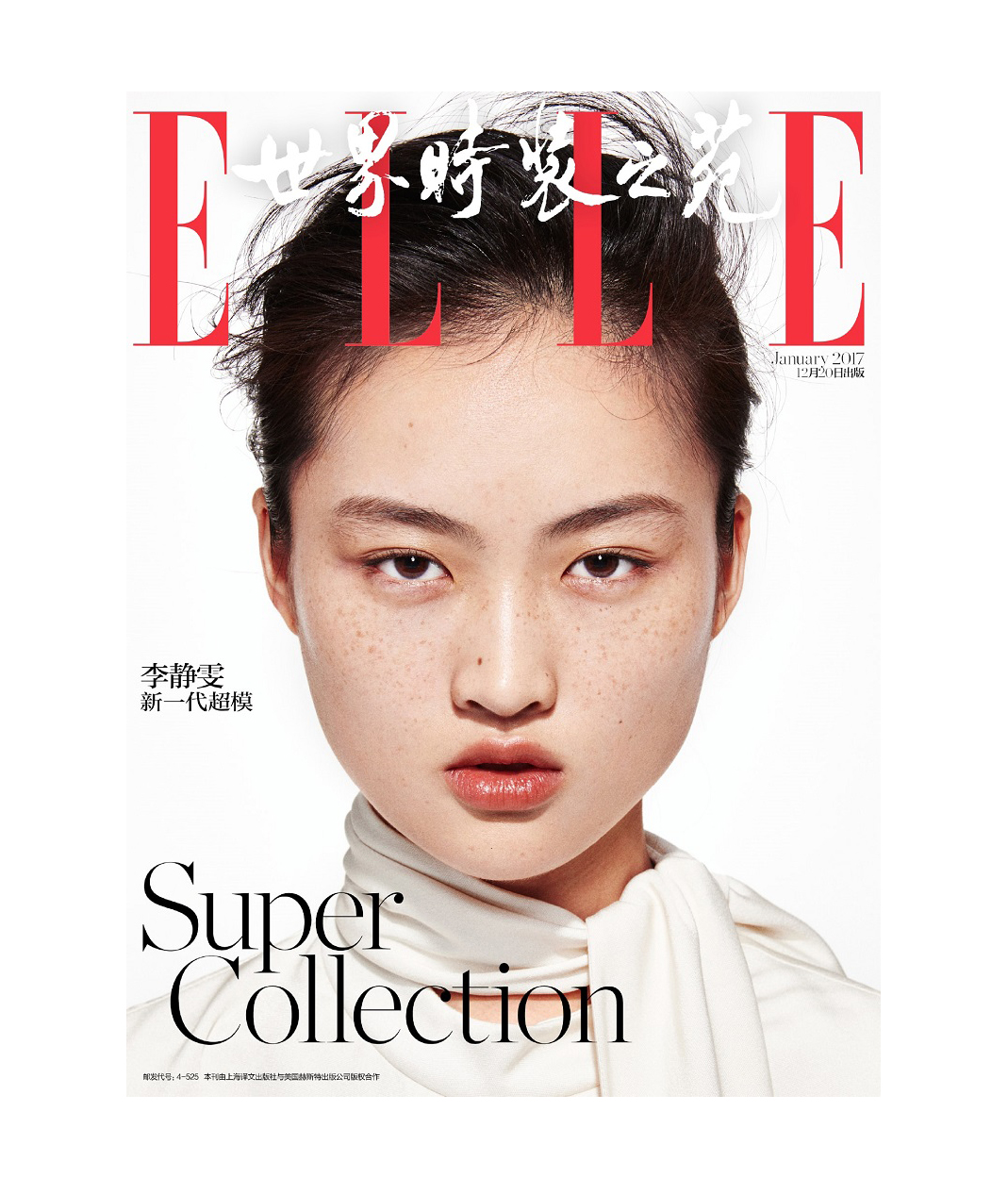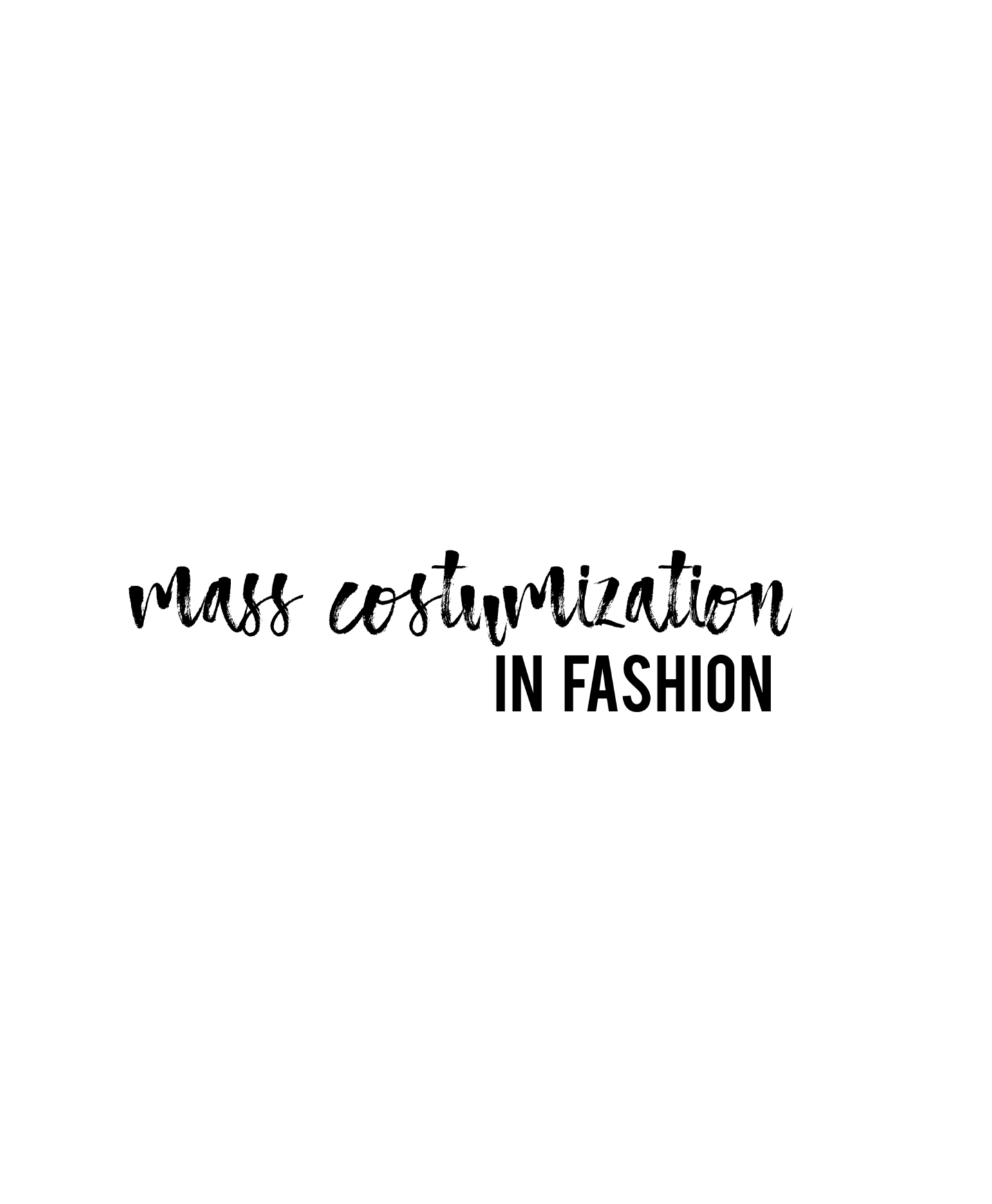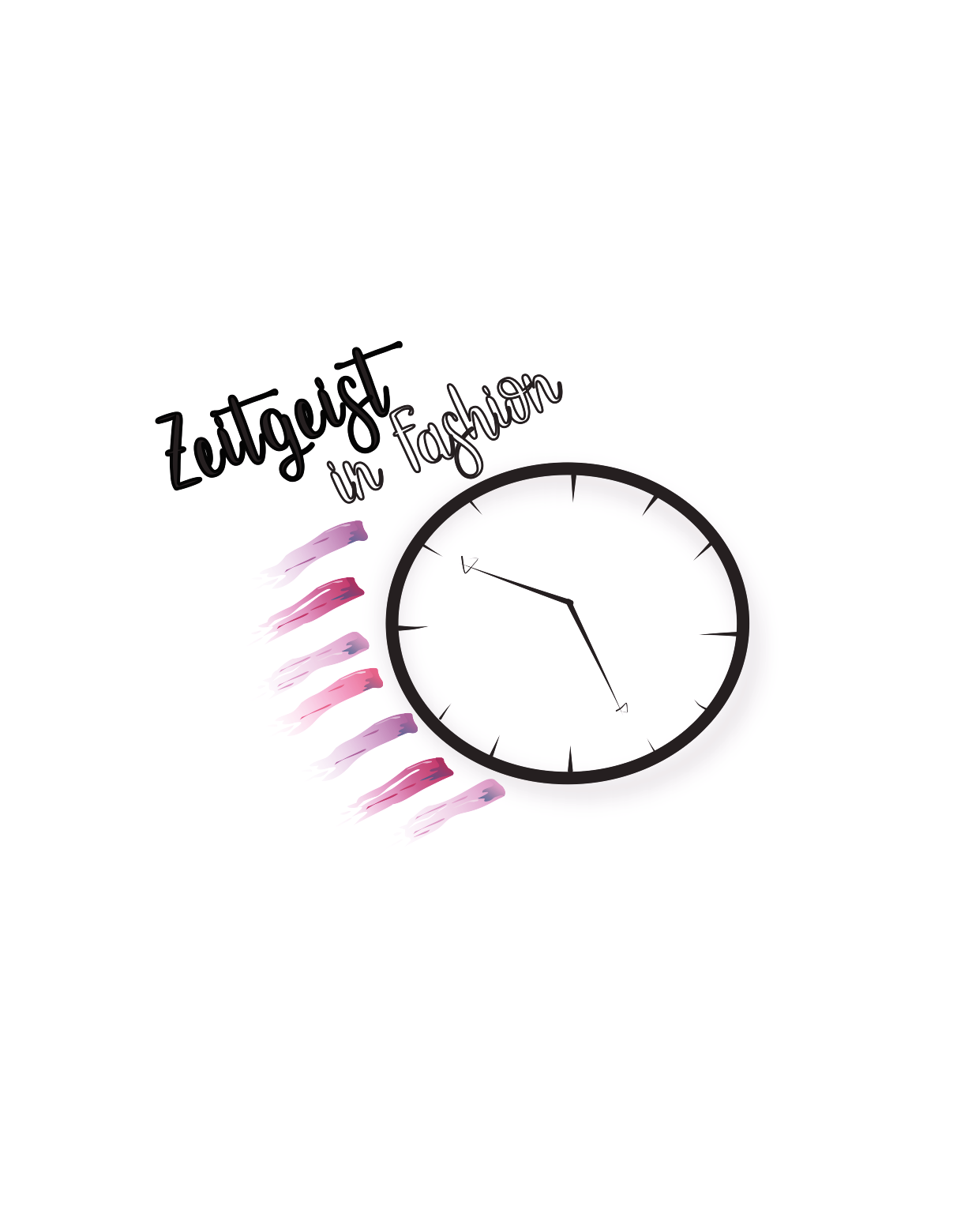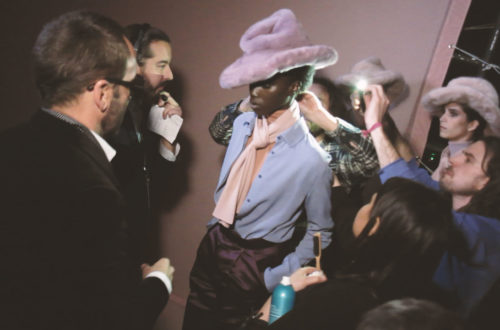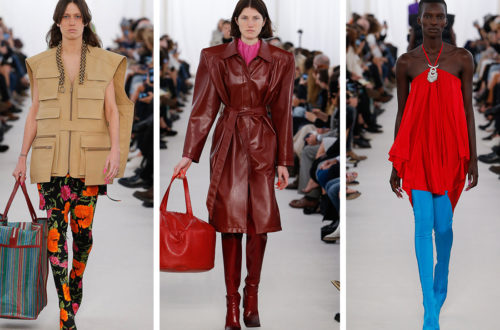Who are the stakeholders in the Chinese luxury market, and what have they set their sights on?
July 1st, the Galeries Lafayette, Paris: the summer sale is in full swing. Throngs of shoppers struggle to move around the stores as they wish, let alone retain their personal space. The individual morphs into the crowd, which in turn resembles a human river. These people have a lot in common, from their intrinsic desire to score a bargain, to their love of designer goods. However, they also share one more undeniable connection – a Chinese nationality.
Chinese shoppers made up 30% of global luxury sales in 2016, according to Bain & Company’s 2016 luxury study. Despite the fact that the value of 30% actually indicates a decrease from 31% in 2015, China’s growth rate in luxury purchases between 2007 and 2014 was an impressive 19%. The same report also states that luxury sales within China constituted just 7% of total sales around the world. The contrast between the two values (30% vs. 7%) is difficult to ignore, and it is worth considering the different factors at play on the Chinese luxury market.
The most significant component driving this imbalance has been the disparity of prices among high-end products. In a separate report, Bain detailed that price discrepancies reached a peak of 70% at the beginning of 2015, but have been steadily falling as a result of price harmonization attempts by companies. However, noteworthy differences still remain. Hefty tariffs applied on luxury items result in prices that are on average 35% higher (as of 2016) in the mainland as compared to Europe. A Louis Vuitton Speedy 25 bag is priced at €980 in France and €1360 in China, which is a markup of 39%. This information is readily accessible to consumers, a click away on brands’ online stores, and has not gone unnoticed by Chinese shoppers. In an attempt by consumers to counteract the price imbalances in China, a new intermediary role was created: the daigou.
‘Daigou’ can be translated as ‘an overseas buyer’ or ‘a selling agent’. Daigou agents are overseas Chinese nationals who purchase commodities for clients in China, and receive a commission of 5 to 15 percent in return. A daigou interviewed by Asialyst reported that “A daigou can quickly earn €15,000 to €20,000 a year” and that the most successful of the sector can earn hundreds of thousands of euros in profits annually. In 2015, the daigou business was estimated to be worth around €5.6 billion per year, and the goods it encompasses range from luxury items to baby milk powder to medicines. Agents work through different platforms such as Weibo, WeChat, and Taobao, and can receive payments through WePay, Alipay, or UnionPay. The daigou system can attribute a large portion of its success to the trust factor, since clients are usually either friends, or friends of friends, of the overseas agent, and recommendations are made by word-of-mouth. However, the daigou business is not foolproof; a substantial quantity of counterfeit luxury goods is sold to clients through the daigou.
Both governments and companies have attempted to crack down on the daigou business in different ways, each with its own motives. Some efforts have been easily circumvented by the overseas agents, while other efforts have been more successful.
For the Chinese government, it is a matter of rightfully collecting import duties. If a Chinese consumer purchases a good online from a foreign store, the item is subject to import tariffs, value-added tax, and consumption tax. On the other hand, the value of a parcel shipped by a daigou does not have to be declared, and is thus cheaper. Technically, it is not illegal for a friend overseas to send a gift back home, but considering the potential tax revenues lost through the daigou scheme, the Chinese government has had to take greater measures on items entering the country.
In August 2014, the General Administration of Customs announced that postal items and travelers’ “personal use” purchases worth over approximately €650 were necessary to report and pay higher duties on. In May 2015, the Ministry of Finance lowered tariffs on imported products, and further decreased them later that year in December. Customs officers began screening parcels with X-rays and imposing fines on daigou if discovered. Additionally, travelers with sizeable quantities of luxury items could be charged with smuggling.
One way in which daigou have evaded the new enforcements is by using Chinese tour guides to repatriate the goods, who in turn distribute items among travelers in the tour to take back to China, with a commission. If a traveler is fined, the burden of the cost falls on the daigou, or the tour guide if he/she himself is the daigou. Despite this, some of the enforcements have had the desired effect on Chinese luxury consumption. In Bain’s 16th global luxury study published in October 2017, it was reported that luxury sales in Mainland China rose by 15% in 2017, to a market size of €20 billion.
From the perspective of luxury companies, the proliferation of the daigou is harmful due to the large number of fakes being passed off as genuine items, and the negative impacts the business has on the Chinese market, where many of the companies are in the process of opening boutiques. As a result, companies have taken certain measures intended to increase local spending by Chinese shoppers, lower the demand for daigou, and limit the capabilities of the daigou abroad.
In 2015, Chanel became the first company to make an attempt at price harmonization, by lowering prices in China, and raising them in Europe and other countries. (Surprisingly, Chanel did this mid-season, which may have tarnished its brand image as shoppers in China queued outside its stores after rumors swirled that the brand was having a sale). Regardless, Chanel’s move proved successful, and was shortly followed by Cartier, Burberry, and Patek Phillippe. Chanel’s president of fashion, Bruno Pavlovsky, is quoted as telling Business of Fashion: “At the moment, we’re quite happy with China. With double-digit growth, our customer base is growing, our boutique business is growing, and I think that the brand is quite well perceived by the Chinese customers.”
Other brands have taken different measures, such as setting quotas on the number of goods individuals may purchase in a given period of time, and outright banning clients if they attempt to exceed those quotas. The daigou agent interviewed by Asialyst mentions that she is “blacklisted at Louis Vuitton”. Chanel also adopts this method of regulation, and limits purchases to one bag every two months. Brands keep a database by registering buyers’ passports, which is necessary for a tax refund. Despite the hurdles companies have set up, the daigou have also found a way to work around them. For a small fee of €20-€30, the daigou can find Chinese tourists who are willing to register purchases under their passports.
The daigou business’ concerning impacts extend beyond the immediate players. Business of Fashion, in a separate article, explains that ever since its IPO announcement, Alibaba has had to face the issue of the “black” and “gray” markets that the majority of its business operates within. The article describes Alibaba’s situation as a catch-22: Alibaba’s success is strongly built around unlicensed and counterfeit luxury products, yet to attract investors and create relationships with high-end brands, it must attempt to halt the “black” and “gray” sources of its success. If it chooses not to, it will potentially welcome a host of lawsuits following the one by Gucci, which was only resolved after Alibaba agreed to cooperate with its parent company Kering.
Tmall, which is a spin-off of Taobao, is Alibaba’s platform for luxury goods being sold directly to the Chinese market. Alibaba has had to intensify its efforts on removing daigou from Tmall, but its troubles run deeper. An article in the New York Times reports that in order to remain competitive, Tmall must not only appear to be authentic, but must also be able to match the prices of daigou and even overseas shopping. JD.com, another Chinese online luxury retailer, is focusing on customer services. Luxury items are delivered to buyers privately by white-gloved and suited couriers. Meanwhile, certain high-end brands such as Bulgari have opted instead for partnerships with WeChat, on which they have set up their online stores and marketing campaigns.
As the players in the Chinese luxury market plot their next maneuvers, the world’s eyes are on them as they anticipate the fate of the industry. Who will come out on top, and who will become obsolete?

